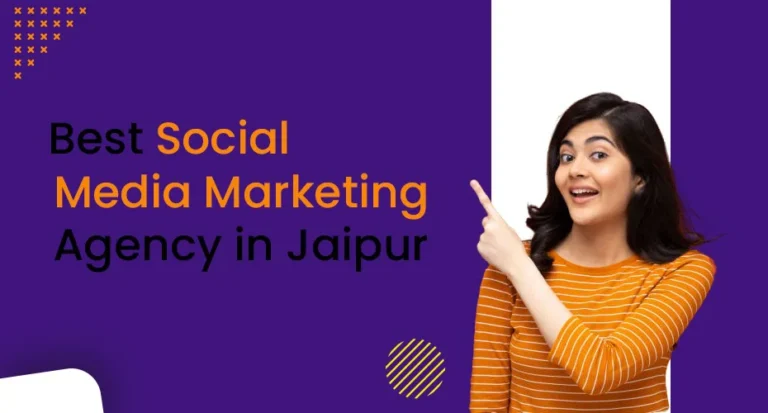In the bustling world of advertising and communication, sign letters play a crucial role in conveying messages effectively. These versatile and attention-grabbing elements are used across various contexts, from storefronts to events, guiding us through the visual landscape of our surroundings. Let’s delve into the world of sign letters, exploring their types, design considerations, and impact on marketing campaigns.
Table of Contents
- Introduction
- Importance of Sign Letters
- Types of Sign Letters
- 3.1. Dimensional Letters
- 3.2. Channel Letters
- 3.3. LED Letters
- Designing Your Sign Letters
- 4.1. Font Selection
- 4.2. Color Palette
- 4.3. Material Choices
- Placement and Visibility
- 5.1. Indoor vs. Outdoor Placement
- 5.2. Optimal Viewing Distance
- Sign Letters in Branding
- 6.1. Consistency with Brand Identity
- 6.2. Creating a Memorable Impression
- DIY vs. Professional Services
- 7.1. Benefits of Professional Signage Services
- Maintaining and Updating Signage
- The Psychology Behind Effective Signage
- 9.1. Capturing Attention
- 9.2. Enhancing Readability
- Trends in Sign Letters
- 10.1. Minimalist Designs
- 10.2. Interactive Signage
- Sign Letters for Special Events
- 11.1. Weddings and Celebrations
- 11.2. Corporate Events
- Sustainability in Signage
- Conclusion
Introduction
Sign letters are the building blocks of visual communication. They are the letters, symbols, and characters used to compose words and messages on various surfaces. Whether it’s a shop sign, a billboard, or a directional sign, these letters serve as the bridge between businesses and their audiences.
Importance of Sign Letters
In a world bombarded with information, sign letters provide a concise and effective way to communicate messages. They serve as silent salespeople, attracting potential customers and guiding them towards desired actions. An eye-catching sign can pique curiosity and create a lasting impression.
Types of Sign Letters
3.1. Dimensional Letters
Dimensional letters, also known as 3D letters, add depth to signage. Crafted from materials like wood, metal, or plastic, these letters create a tactile and visually appealing effect.
3.2. Channel Letters
Channel letters are illuminated dimensional letters commonly used in storefronts and business signs. They offer excellent visibility both during the day and at night.
3.3. LED Letters
LED letters take signage to the next level with their energy-efficient illumination. They are customizable, vibrant, and perfect for catching attention in high-traffic areas.
Designing Your Sign Letters
4.1. Font Selection
Choosing the right font is crucial. It should align with the brand’s personality while ensuring readability. Elegant scripts might suit a boutique, while bold sans-serifs are ideal for a tech company.
4.2. Color Palette
Colors evoke emotions and contribute to brand recognition. A harmonious color palette enhances legibility and impact. Contrast between letters and background is essential.
4.3. Material Choices
Materials influence the aesthetics and durability of sign letters. Wood exudes warmth, while metal radiates sophistication. Selecting weather-resistant materials ensures longevity.
Placement and Visibility
5.1. Indoor vs. Outdoor Placement
Indoor and outdoor signs have distinct requirements. Outdoor signs must withstand weather conditions, while indoor signs must complement interior design.
5.2. Optimal Viewing Distance
The size of your sign letters affects how far they can be read. Consider the distance from which your audience will view the sign to determine the appropriate letter height.
Sign Letters in Branding
6.1. Consistency with Brand Identity
Sign letters should align with the brand’s voice, values, and visual identity. A consistent brand presence reinforces recognition and trust.
6.2. Creating a Memorable Impression
Memorability is key. A clever play of words or a unique design element can leave a lasting imprint on the viewer’s memory.
DIY vs. Professional Services
7.1. Benefits of Professional Signage Services
While DIY approaches might save money, professional sign services offer expertise, quality, and a seamless process from design to installation.
Maintaining and Updating Signage
Regular maintenance and occasional updates keep signage looking fresh and relevant. Outdated signage can negatively impact a business’s image.
The Psychology Behind Effective Signage
9.1. Capturing Attention
Humans are naturally drawn to novel and visually striking elements. Sign letters can leverage this instinct to attract attention.
9.2. Enhancing Readability
Readable fonts and appropriate sizing ensure that your message is understood quickly, even in passing.
Trends in Sign Letters
10.1. Minimalist Designs
Simplicity is powerful. Minimalist sign letter designs with ample white space can create a modern and sophisticated look.
10.2. Interactive Signage
Incorporating interactive elements, such as QR codes, encourages engagement and provides a bridge between physical and digital realms.
Sign Letters for Special Events
11.1. Weddings and Celebrations
Elegant and personalized sign letters add a unique touch to special occasions, enhancing the overall aesthetic.
11.2. Corporate Events
Professional and branded signages contribute to the professionalism of corporate events, guiding attendees efficiently.
Sustainability in Signage
As environmental concerns grow, sustainable materials and practices in signage become more relevant. Eco-friendly options can align with a brand’s values.
Conclusion
Sign letters are the unsung heroes of effective communication. From small businesses to large corporations, their impact is undeniable. Crafting sign letters involves a fusion of design, psychology, and branding, ultimately resulting in messages that captivate and resonate with audiences.




